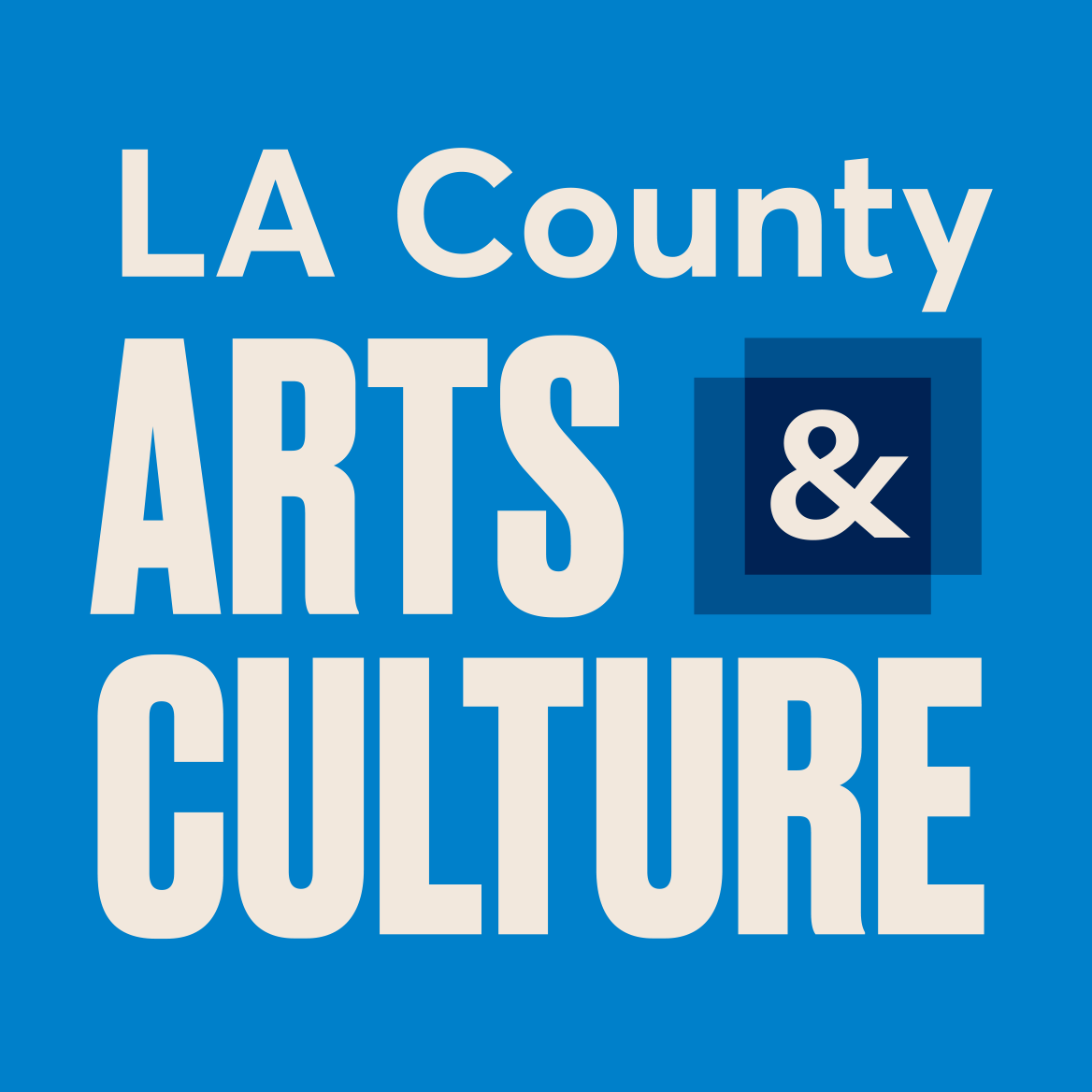For inquiries about the Public Art in Private Development program, please email PAPD@arts.lacounty.gov
On September 15, 2021, the LA County Board of Supervisors voted to adopt the Public Art in Private Development (PAPD) Ordinance. The Ordinance allocates a 1% requirement of the building valuation of eligible private development projects in unincorporated areas of the County to fund public arts, cultural facilities, conservation, and artistic and cultural services and programs within the project’s site area or a five-mile radius of the project site.
General Resources
View and download a PDF of the Ordinance.
View and download a PDF of the Policies and Procedures.
Resources for Developers
The PAPD Program provides developers with eligible projects assistance in understanding the process, understanding options for compliance, and oversight of in-lieu payments and project approvals.
More details can be found in the PAPD Brochure and the Checklist of Developer Documents.
View and download a PDF of the brochure for developers
View and download a PDF of documents that may be required from developers in each stage of the public art project process.
View and download a PDF of the PAPD Certification and Acknowledgement for developers pursuing a project for satisfaction of the requirement.
View and download a PDF of the PAPD Art Plan Acceptance and Notice to Proceed for developers pursuing a project for satisfaction of the requirement.
Frequently Asked Questions
The Public Art in Private Development Ordinance was created to expand arts and cultural resources for County residents. The Ordinance allocates a 1% requirement from the building valuation of eligible private sector commercial, industrial, and residential development projects, excluding affordable housing, in unincorporated areas of the County to fund public art, cultural facilities, conservation, and artistic and cultural services and programs within the project’s site area.
This Ordinance will affect unincorporated areas of Los Angeles County only. If your project is in an unincorporated area of LA County, your project may be eligible.
This Ordinance applies to eligible residential, mixed-use, commercial, and industrial projects. This includes new construction projects, repair, addition, or alterations of existing buildings with a building valuation of $903,902.00* or more. Some exemptions include affordable housing projects, residential projects of 29 dwelling units or fewer, performing arts or museum spaces, and certain renovations (such as those intended for seismic safety and compliance with the Americans with Disabilities Act). Detailed information on eligible and exempt development projects can be found in the Public Art in Private Development Ordinance.
*The eligibility threshold was changed to $903,902.00 on July 1, 2025, as directed in Section 3. 22.14.16 of the Ordinance requiring an annual adjustment based on the changes to the Consumer Price Index.
Funds generated by the PAPD Ordinance can be used to support a wide range of art and cultural resources in four program categories—to create artworks, provide arts programming, support new or existing cultural facilities, or conservation projects for historic cultural resources at or within a five-mile radius of the building site.
The Los Angeles County Department of Arts and Culture will administer this program, including application and art plan reviews, work with developers to create project-specific public art programs, and collect “in-lieu” payments. The Los Angeles County Departments of Regional Planning and Public Works will work alongside to ensure compliance.
This Ordinance allows private developers to provide the required public art themselves. Artwork of this type can include a newly commissioned artwork, conservation or restoration of existing artwork, artistic and cultural services. If a developer chooses to go this route, the public art must be freely accessible to the general public for at least eight hours a day, five days a week, and the developer must also agree to maintain it. For the cultural facilities option, developers must work with the LA County Department of Arts and Culture as the project consultant.







